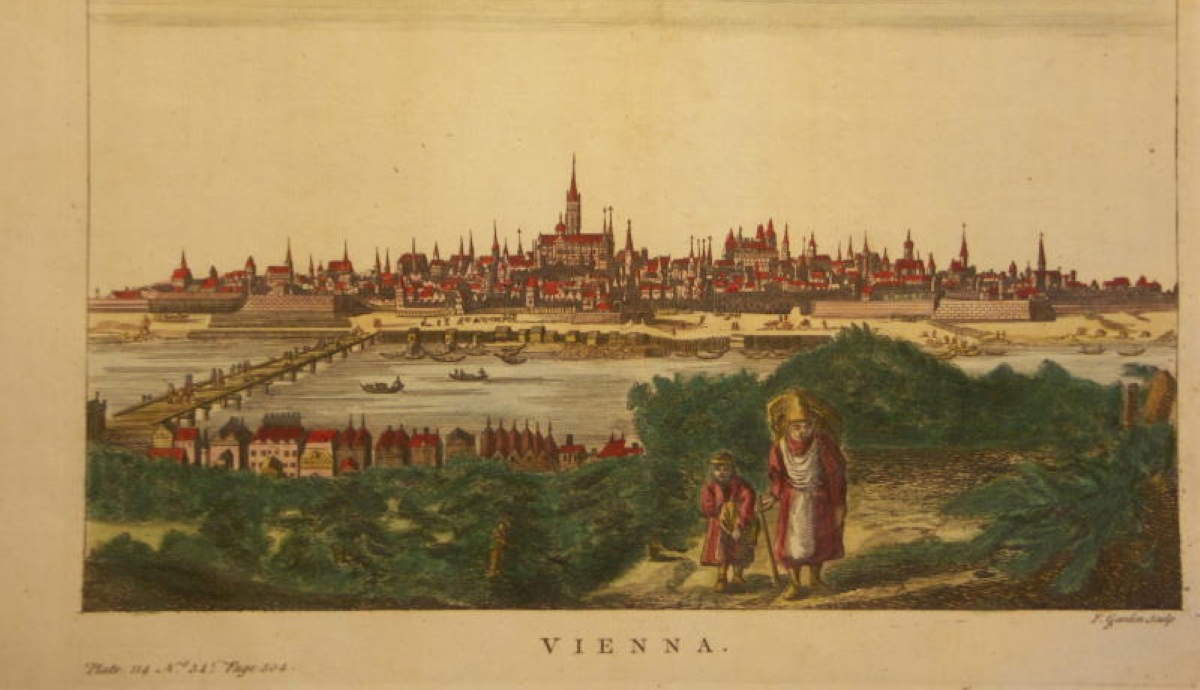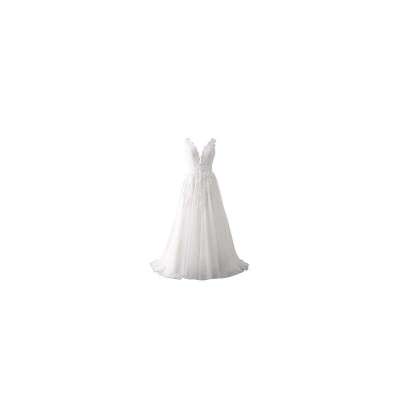
www.thecollector.com
Walking Around Vienna: Pro Tips to Understand the City and Its History
A walled-in city up until the late 19th century, Vienna has expanded over the last two-plus centuries to include 23 “districts” and to incorporate a variety of foreign influences into its architecture. Historical figures like Mozart, Beethoven, and Freud have their roots here, as does Adolf Hitler, who took control of Vienna during the Second World War.
A trip to Vienna is sure to be full of new knowledge (and many schnitzels). But having some background before you arrive will help you hit the ground running. Let’s take a walk around the city with Basti Knobl, Co-Owner of Rebel Tours, who shares some tips for how to get the most out of your visit to Vienna.
First Things First
View of Vienna from Josephstadt. Source: Wikimedia Commons
When arriving in a city, the temptation may be to hit the ground running, to start wandering the streets and hitting the major historical sites first thing. Basti definitely encourages one to wander—right over to the Wien Museum, the official museum of Vienna’s history.
Visiting the Wien Museum during your first day or two will give you a good overview of the basic history and start you off on a strong foot, Basti said, providing context to what you’ll see as you begin to explore the city.
The museum is free to enter, and it explains the creation and development of Vienna. Each floor represents a different era, going all the way back to the time when present-day Vienna was a Roman military camp. It also provides an overview of the World War 2 era in Vienna, when Hitler took control of the city.
Don’t miss the view from the upstairs balcony outside the cafe, overlooking St. Charles Church.
Understand the District System
The Ringstrasse, Vienna (1904), by Vlaho Bukovac. Source: Wikimedia Commons
In the Wien Museum, there are several replications of what Vienna looked like back in the 13th century, when it was a walled-in, ancient city. Though the wall is no longer there, this once-enclosed area is known as the historical city center today, and goes by the name of the First District.
Back in the day, this was the one and only area that was considered “Vienna.”
But now, modern-day Vienna has grown to encompass 23 districts. Think of a district as a big neighborhood, Basti explains, each with its own personality, each a slightly different age.
Understanding the “district system” is not only important for historical context, it’s also important for navigating the city here today. When walking, take a look at the street signs. On them, you will see a number in front of the street name. For example, 1., Operngasse. This tells you that you are in the First District, on Operngasse street.
This is a cool aspect of modern-day Vienna, Basti says, that helps you keep track of where you are when wandering around.
Follow The Ring Road (Ringstrasse)
Vienna Public Transport – Vienna Ring Tram. Source: Wikimedia Commons
Vienna was a walled-in city from the 13th through the 19th centuries. After the wall came down, a ring road was built in its place in the 19th century. Today, that ring road runs the same course as the old wall once did, surrounding the historical city center, or the First District. It is called the Ringstrasse.
Along this road is where many of Vienna’s most stunning architectural feats are located, including the famous Opera House, the natural history and art museums, and the University of Vienna, among others.
If you were to walk or bike this road, you could pass by many of the aforementioned sites and end up back where you started in about 3.3 miles (5.3 kilometers).
Basti says that people can travel around the entire Ring Road if they want, but that it’s more important to simply understand the concept, as it connects the old, walled-in history of the city to its present-day design.
Look At The Windows
Sigmund Freud House and Office, Vienna, Austria. Source: Wikimedia Commons
Basti has several tips to unlock the architectural history of buildings in Vienna. First, to quickly distinguish the age of a building, look at the windows. There are some exceptions, but, generally speaking, observing the way the windows are constructed can help you determine the century it was built.
If the windows on a building are flush with the exterior or facade, it was most likely built in the 17th or 18th century, Basti says. If the windows on a building are set back from the exterior, then it was most likely built in the second half of the 19th century.
Those with previous knowledge of architecture may notice that some buildings in Vienna incorporate foreign styles. This is intentional. Many of Vienna’s most famous buildings were designed under a unique concept: The architecture of the building is supposed to match the purpose of the building, Basti explained.
For example, the University of Vienna was built in a kind of Renaissance style, Basti said, because the first universities were in Italy. And the Parliament building was constructed in a kind of Greek antique style, because the Greeks invented democracy.
Follow the Famous Viennese
A key component to understanding any city or country’s legacy is getting to know some of its most influential citizens. And Vienna has a long list to choose from.
If you’re into classical music, follow the life and work of Mozart and Beethoven through Vienna. Neither was born in Vienna, but both left their mark as long-time residents. The Mozart House and the Beethoven Museum are good places to start, both to see their former apartments and special exhibits about their lives.
Sigmund Freud spent much of his life in Vienna. You can visit the Freud Museum in the 9th District—which Basti says is a great neighborhood to spend some time walking through. Stop and have a coffee with some locals at the nearby La Mercerie coffee shop.
Art lovers admiring the work of Gustav Klimt should head to the Belvedere, where a collection of his works can be found.
Take a Walk
Vienna State Opera at the blue hour, Austria. Source: Wikimedia Commons
Vienna is highly regarded for its public transportation, which works with extreme efficiency. Take advantage of the buses and trams as you explore the districts to cut down on transit time.
But of course, Basti recommends exploring the city as much as possible on foot. Walking slows your pace, and makes you take in more of the atmosphere as you pass through the city, experiencing how neighborhoods merge and change.
Rebel Tours offers 2-hour historical walking tours for a very reasonable 35 euros. Walking tours are a great introduction to a city to become oriented and to learn tips that will enhance your trip.
Remember, while the tour may speak mostly about the past, local guides are also a great source of information and knowledge about the present. The local recommendations that you pick up are sure to be just as valuable as the historical knowledge for your time in Vienna.














